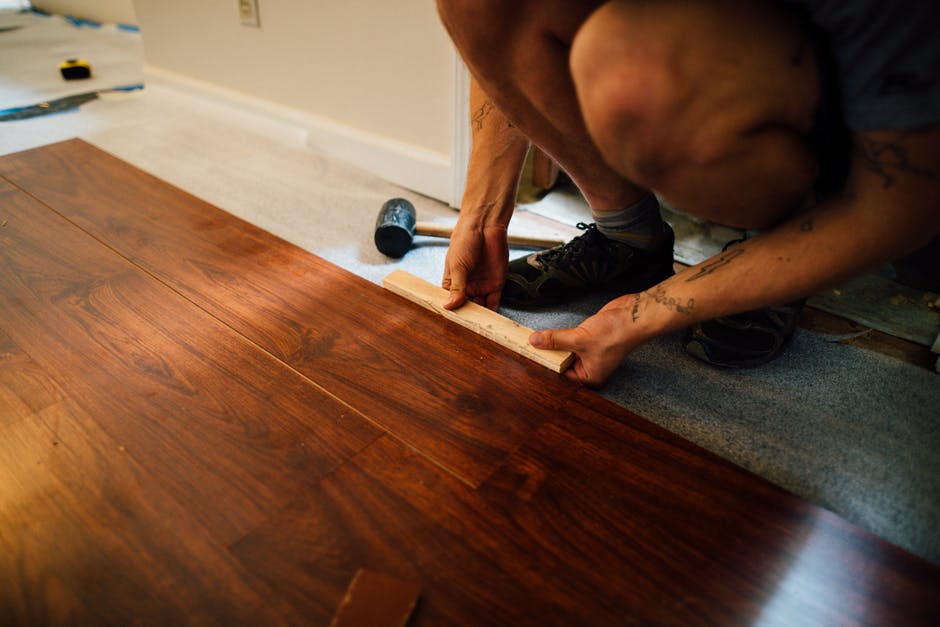
Have you ever completed a DIY project only to realize you spent more time fixing mistakes than the actual project should have taken? You are not alone, which is why we have assembled some of the more common mistakes and how you can avoid making them.
1. Inaccurate Budget and Time Estimates
The most common mistake homeowners make when installing new flooring is to under-estimate the time and cost of the project. If you are hiring a professional installer, avoid underestimating time and costs by getting at least three estimates from professional flooring installation companies.
If you are doing the work yourself, research the process, make a detailed plan with a timeline. Then use a flooring installation cost calculator to determine base costs and add 10 percent to that total to account for the unexpected.
2. Poor Quality Materials
Another common mistake is trying to save money by using lower-quality materials. To ensure your new flooring is an investment rather than a money pit, use the highest quality materials your budget will allow. Otherwise, you may be replacing your new flooring sooner than you think.
Choose highly-rated flooring materials that are appropriate for the room in which they will be installed. For high traffic areas, choose flooring with durability; for high-moisture areas, such as bathrooms and kitchens, choose water-resistant flooring. Consider and compare available flooring options: solid surface flooring, tile, hardwood, engineered flooring, and eco-friendly flooring.
3. Wrong Floor Laying Methods
DIYers, be sure you research proper floor installation methods for your chosen product. If installed incorrectly, it can double your costs to hire a professional to fix your mistakes. Not only that, but improper flooring installation might also void your flooring warranty. Check the manufacturers’ website to fully understand the recommended installation process, products, and the conditions of the warranty.
4. Incorrect Order of Operations
The correct steps flooring installation depends on the type of flooring being installed and the room in which it will be installed. The kitchen is one of the trickiest areas that need special attention to avoid costly mistakes.
For instance, if you are installing a floating floor in the kitchen, DO NOT install it underneath the cabinets. Floating floors are intended to expand and contract with temperature variations. If the cabinets are anchoring the floating floor down, they won’t be able to expand and contract, which may cause your new floor to buckle or warp.
5. Options for Hiring Flooring Contractor
Hiring a contractor can be a daunting task. Ask friends and coworkers for recommendations. Search online for professional flooring installation contractors and read customer reviews for several.
Visit local flooring showrooms or home improvement stores and ask for referrals. Be sure to check them out with the Better Business Bureau and ask them to provide references you can check out.
Conclusion
Starting a home project like installing flooring can be intimidating, and costly if not approached wisely. By avoiding these most common mistakes, you should have beautiful new floors you can! For other game-changing tips, read the rest of our blog!